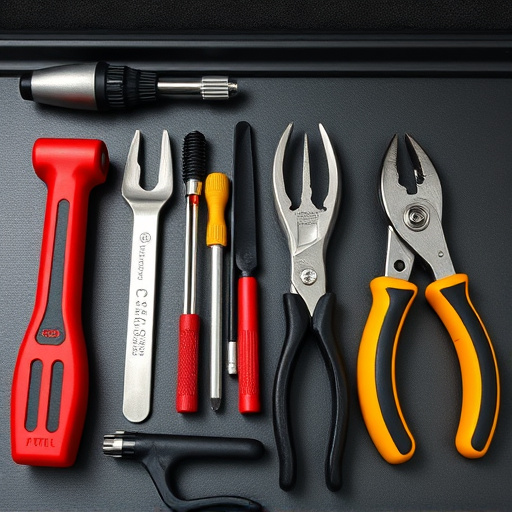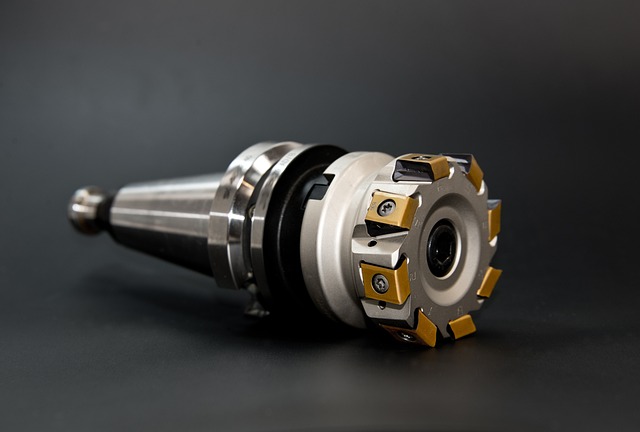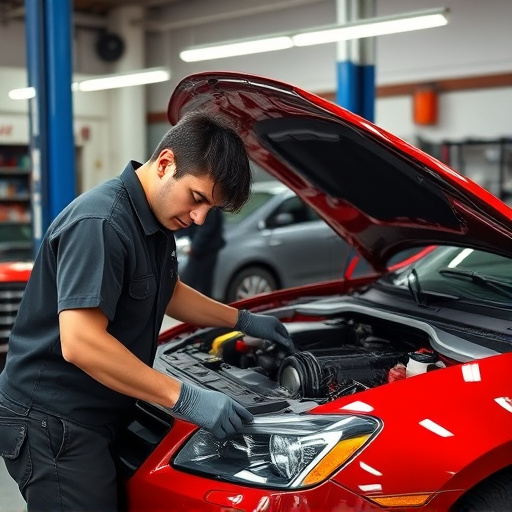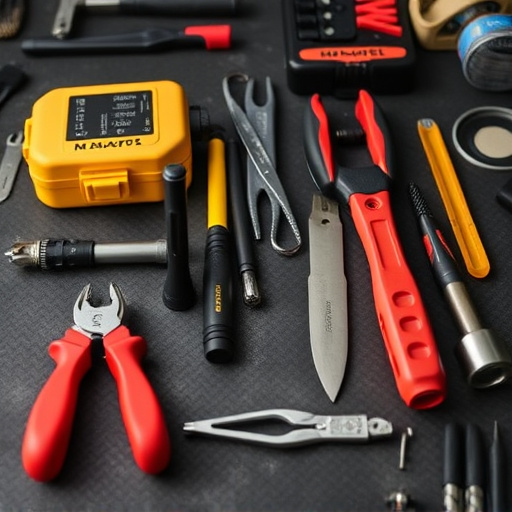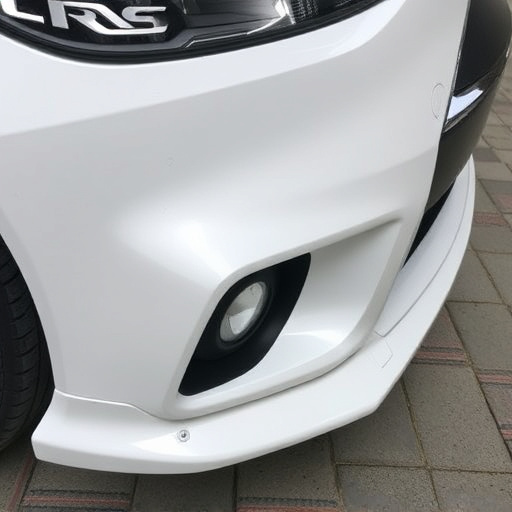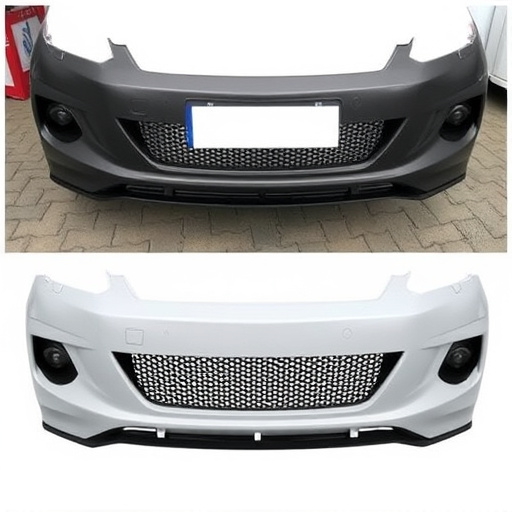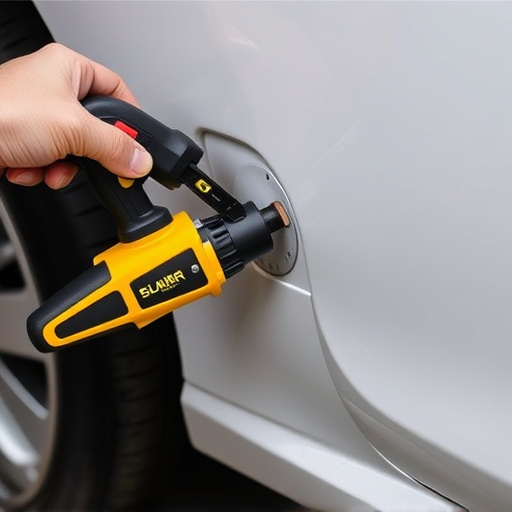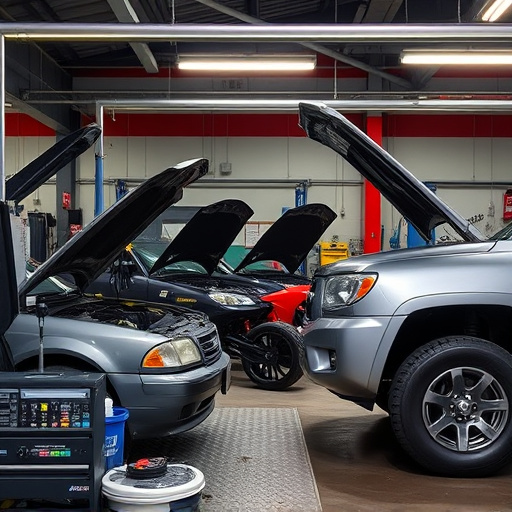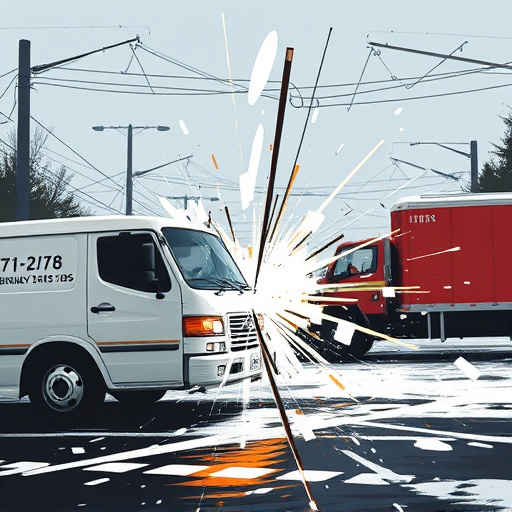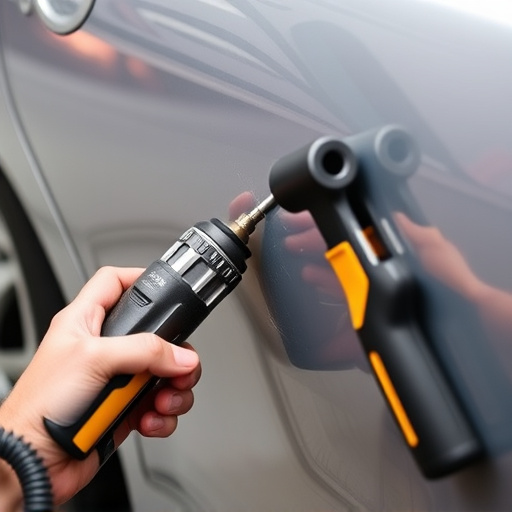Seam sealers are vital in automotive repairs for hail damage and car body restoration, providing durable bonds and protective barriers against moisture, corrosion, and other elements. Widely used in collision repair centers and maritime/aviation industries, these substances enhance structural integrity and ensure long-lasting finishes. Selecting the right seam sealer is crucial for high-quality repairs across various materials and scenarios, adapting to diverse environments from DIY projects to complex manufacturing processes. Understanding material interactions and environmental factors ensures safe and reliable repairs in automotive applications.
Seam sealers are indispensable tools in ensuring high-quality repairs across various industries. This article delves into the multifaceted role of seam sealers, exploring their fundamental concept and diverse applications. We’ll uncover how these materials enhance repair quality assurance, providing durable solutions for different scenarios. From understanding material compatibility to selecting the right sealer for specific tasks, this guide offers valuable insights for professionals seeking to master the art of seamless repairs.
- Understanding Seam Sealer: The Basic Concept and Its Applications
- How Seam Sealer Enhances Repair Quality Assurance
- Choosing the Right Seam Sealer for Different Materials and Repair Scenarios
Understanding Seam Sealer: The Basic Concept and Its Applications

Seam sealer is a versatile and crucial component in the world of automotive repairs and restoration, particularly in hail damage repair and car body restoration. This specialized substance is designed to bond and seal various materials together, ensuring durability and long-lasting protection. The basic concept behind seam sealers is to create a strong, flexible barrier that prevents moisture, corrosion, and other elements from infiltrating seams and joints.
Its applications are vast, ranging from collision repair centers to maritime and aviation industries. In the context of car body restoration, seam sealers play a vital role in reinforcing repairs, especially around gaps and crevices. By filling and sealing these areas, it enhances the overall structural integrity, ensuring that water and rust do not compromise the repair’s quality. This is particularly essential when aiming for a seamless and long-lasting finish in restored vehicles.
How Seam Sealer Enhances Repair Quality Assurance

Seam sealer plays a pivotal role in enhancing repair quality assurance across various car bodywork services and vehicle repair scenarios. By creating a robust barrier between the repaired area and external elements, it prevents moisture intrusion and corrosion, ensuring longevity of the fix. This is particularly crucial for auto painting jobs, where an intact seal maintains color vibrancy and protective coating integrity.
In the realm of auto body repairs, seamless integration of seam sealer into the process results in more durable outcomes. It fills gaps and cracks, fortifying joints between panels and components. This not only adds structural strength but also reinforces aesthetic appeal, making repaired vehicles appear nearly as good as new. Seam sealer thus stands as a linchpin in the quality assurance framework for vehicle repair services, ensuring that repairs hold up under rigorous use and exposure to harsh environmental conditions.
Choosing the Right Seam Sealer for Different Materials and Repair Scenarios

Selecting the appropriate seam sealer is a crucial step in ensuring high-quality repairs across various materials and scenarios. Different sealers are designed to cater to specific needs, from bonding plastics and glass to sealing metal joints or repairing composite surfaces found in modern automobiles. For instance, when dealing with auto glass replacement, a versatile, fast-curing adhesive sealer is ideal for its strength and weather resistance. In collision repair shops, where car paint services are commonly performed, specialized sealers that seamlessly integrate with primer and topcoat systems are essential to maintain the structural integrity of repairs.
The versatility of seam sealers allows them to adapt to diverse repair environments. Whether it’s a simple DIY project or complex manufacturing processes, choosing the right sealer ensures long-lasting durability. In automotive applications, for example, understanding the material interactions and environmental factors helps in selecting a sealer that matches the specific requirements of the vehicle’s construction, ensuring the safety and reliability of repairs, from body panels to intricate composite structures.
Seam sealer is an indispensable tool in ensuring high-quality repairs across various industries. By understanding its basic concept and choosing the right product for specific materials and scenarios, professionals can significantly enhance repair outcomes. This article has explored these key aspects, underscoring the vital role of seam sealer in maintaining durability and aesthetics in repaired items. Embracing this versatile material can revolutionize repair processes, leaving a lasting impact on both functional and visual restoration.
